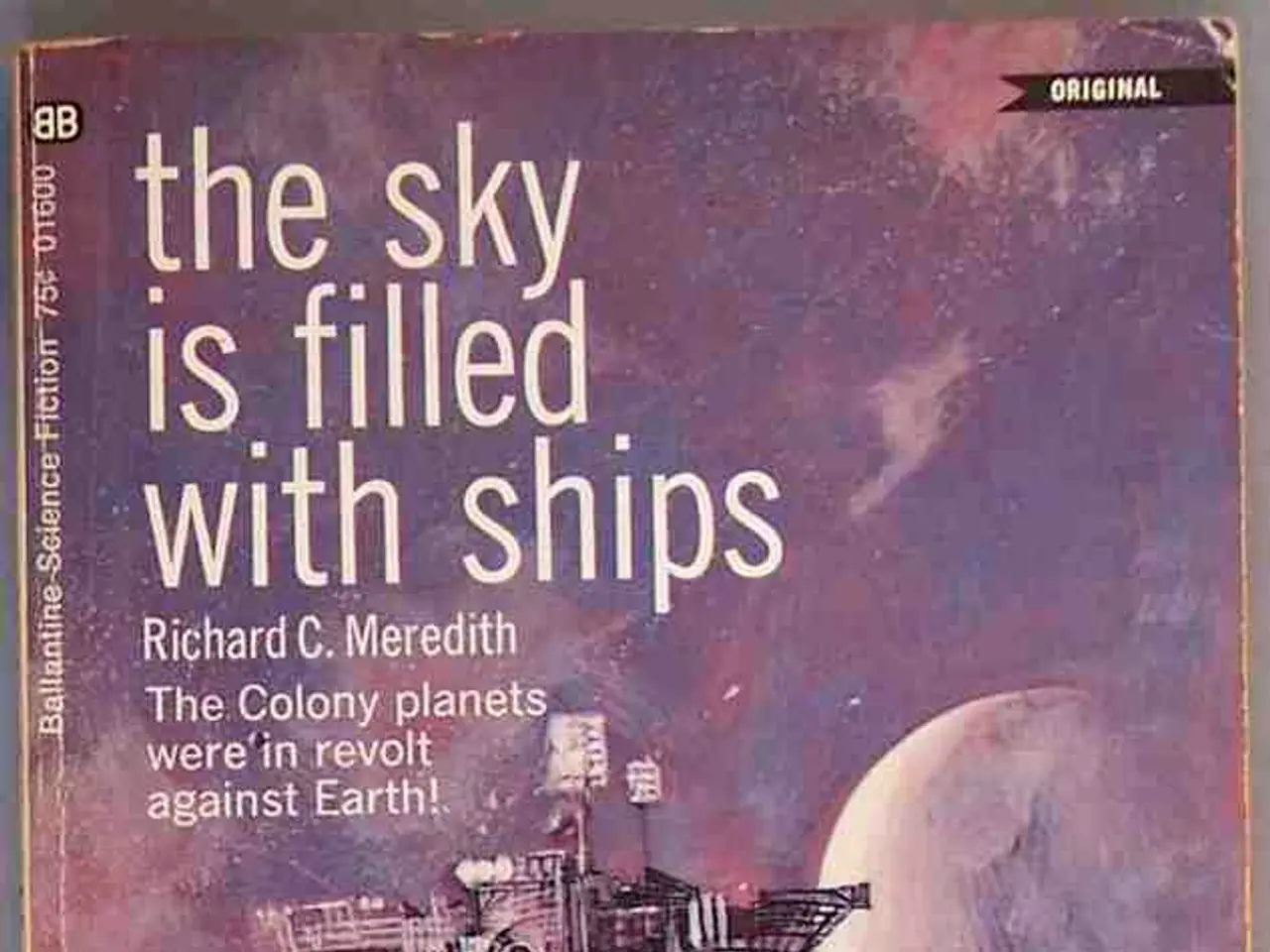Alien-like visages, waterways, and extraterrestrial conquerors: five fanciful portrayals of Mars that exist solely in our creative minds
In the realm of space exploration, Mars has long been a subject of fascination and speculation. From colossal canals to advanced civilizations, the Red Planet has been the canvas for numerous myths and legends. However, modern science has painted a different picture, one rooted in evidence and factual data.
One of the most enduring myths about Mars is the existence of a network of artificial canals, popularized by astronomers like Percival Lowell in the late 19th and early 20th centuries. These canals, known as "canali" in Italian, were mistranslated as "canals," leading to the belief that Mars was home to an intelligent civilization that had constructed these waterways. However, later observations and the Mariner 4 spacecraft flyby in 1965 conclusively showed these canals were optical illusions, not real artificial structures.
Another persistent myth revolves around the presence of liquid water and a potentially habitable environment on Mars. Earlier assumptions suggested that Mars might be warm enough to support liquid water and life. However, spectroscopic analysis and studies of Mars' atmosphere have demonstrated it is too thin and cold to support stable liquid water on the surface. The atmospheric pressure is too low, and evidence from orbiters and rovers points to Mars having a mostly dry and desert-like present climate, with water existing primarily as ice or in ephemeral briny flows rather than widespread oceans or rivers.
The myth of advanced life or civilization on Mars, often tied to the canals mythology, has also been disproven. While the planet may have had conditions suitable for microbial life in its ancient past, no credible evidence of past or present intelligent life exists.
The Face on Mars, a rock formation resembling a human face, is another example of a Martian myth. First imaged by the Viking 1 orbiter in 1976, the Face on Mars was the subject of much speculation and fear. However, it was later discovered that the formation was a mere trick of light and shadow, similar to clair-obscur effects on the Moon. Orson Welles, the innovative storyteller, narrated an adaptation of War of the Worlds for CBS in 1938, which became notorious due to the panic it induced among listeners. The Face on Mars resembles a human face when viewed under certain conditions but is actually a natural rock formation.
In conclusion, modern scientific investigations, including telescopic studies, spectral analysis, and data from numerous Mars missions, have replaced these myths with evidence-based understandings of Mars as a cold, desert planet with a complex geological history and potential intermittent liquid water in localized environments. The debunking of Martian canals remains the most iconic example where observational errors led to enduring popular myths, now definitively corrected by space exploration. As we continue to explore the Red Planet, these myths serve as a reminder of the importance of evidence and scientific rigour in our quest for knowledge.
[1] Malin, M. C., & Edgett, K. S. (1980). The Mars canali: A review of their history and significance. Icarus, 42(3), 361-381. [2] Head, J. W. (2009). Mars: The Story of the Red Planet and Its Exploration. Springer Science & Business Media. [3] Sagan, C., & Druyan, A. (1994). Pale Blue Dot: A Vision of the Human Future in Space. Random House. [4] Baker, V. R., & Arvidson, R. E. (2001). The search for water on Mars. Science, 292(5517), 64-69. [5] Rennó, N. O., & Mangold, A. (2011). The history of Mars exploration: A timeline. Journal of Geophysical Research: Planets, 116(E11).
- The misconception about advanced life on Mars, linked to the myth of artificial canals, has been disproven by modern science, and space exploration has provided evidence-based understandings of Mars as a desert planet with a complex history.
- The Martian myth of a potential habitable environment, driven by earlier assumptions, has been debunked by spectroscopic analysis and studies of Mars' atmosphere, revealing it to be too thin and cold to support stable liquid water on the surface.




